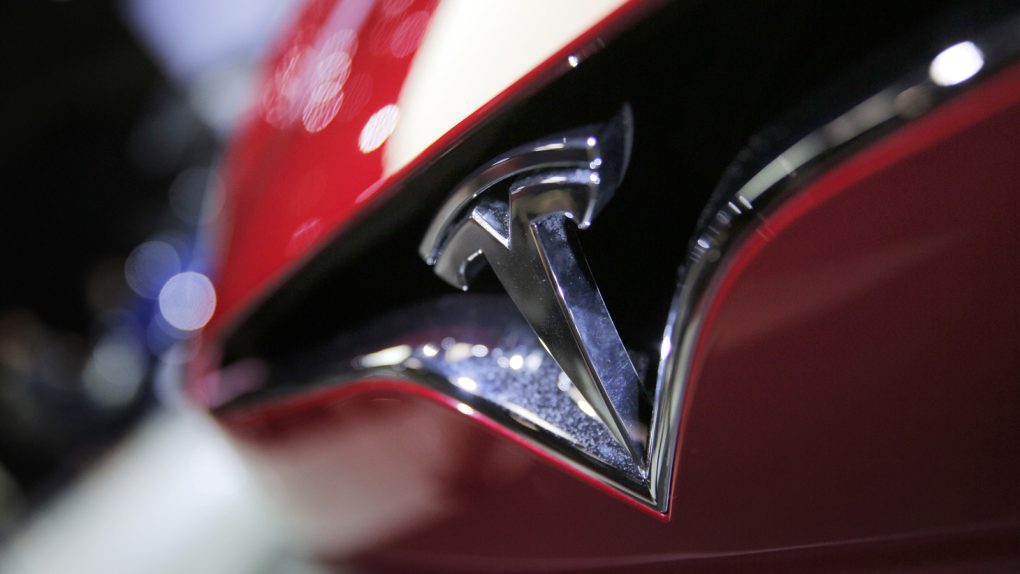Earlier this month, a Tesla owner in Florida had the Autopilot feature engaged when his Model S rammed into a stationary vehicle that was left abandoned on a highway. The Model S owner — one Shawn Hudson — is now suing Tesla over claims that the company’s Autopilot feature is not nearly as reliable as Tesla leads consumers to believe.
Originally brought to light by the Orlando Sentinel, Hudson describes how he was going about 80 MPH before crashing into an empty and disabled car in a passing lane.
“I was looking at my phone for a second,” Hudson explained. “But never do I trust the car 100 percent, so I was looking up, looking down, looking up, looking down, and I’m looking up and a car’s disabled in the passing lane on the Turnpike.”
Hudson says that he suffered neck and head injuries as a result, with the complaint noting that both injuries were “severe” and “permanent.” Consequently, Hudson swiftly filed a complaint against Tesla following the accident.
The complaint reads in part:
Through a pervasive national marketing campaign and a purposefully manipulative sales pitch, Tesla has duped consumers, including Hudson, into believing that the autopilot system it offers with Tesla vehicles at additional cost can safely transport passengers at highway speeds with minimal input and oversight from those passengers. In reality, Tesla’s autopilot system does not and cannot function as Tesla claims and is dangerous to operate in motor vehicles that are intended to be driven on our nation’s highways. Specifically, despite Tesla’s claim that its autopilot system is designed for use at highway speeds, the autopilot system is unable to reliably detect stationary objects such as disabled vehicles or other foreseeable roadway hazards, posing an inordinately high risk of highspeed collisions, severe injury, and death both to Tesla’s passengers and to the driving public.
In a statement provided to the Sentinel, a Tesla spokesperson effectively said that the Autopilot feature behaved as designed and that proper use mandates that an owner constantly keep his or her eyes on the road.
Tesla’s statement on the matter reads as follows:
When using autopilot, it is the driver’s responsibility to remain attentive to their surroundings and in control of the vehicle at all times. Tesla has always been clear that autopilot doesn’t make the car impervious to all accidents, and Tesla goes to great lengths to provide clear instructions about what autopilot is and is not.
As alluded to above, this is hardly the first lawsuit we’ve seen which centers on the efficacy and reliability of Tesla’s Autopilot feature. Just last month, for example, a woman in Utah sued Tesla claiming that the company hypes up the feature’s utility beyond its actual capabilities.








